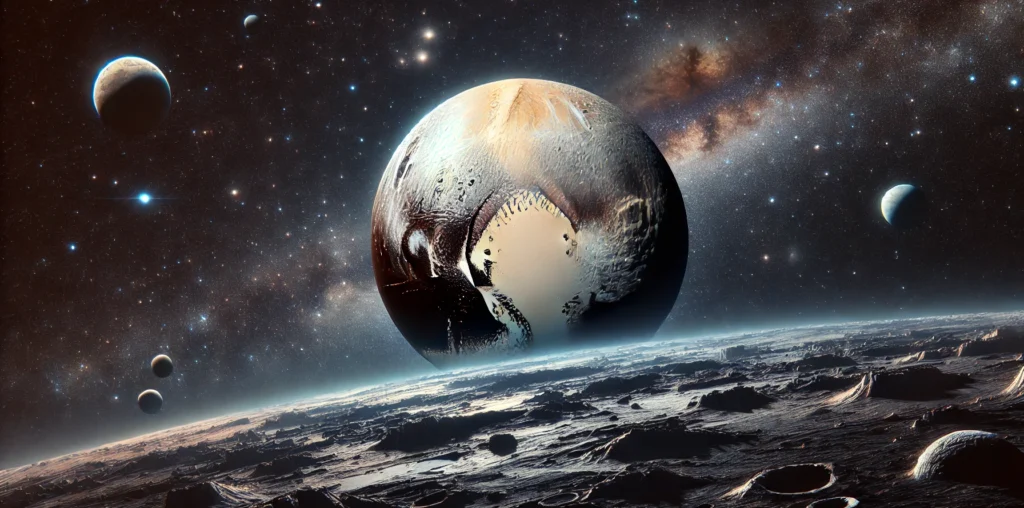Background
In 1930, astronomer Clyde Tombaugh discovered Pluto at the Lowell Observatory in Flagstaff, Arizona. Pluto was initially classified as the ninth planet in our solar system, largely due to its distance from the Sun and its orbit. For decades, it was taught as one of the primary planets alongside Mercury, Venus, Earth, Mars, Jupiter, Saturn, Uranus, and Neptune.
However, as telescope technology improved and our understanding of the solar system expanded, astronomers began discovering more celestial bodies beyond Neptune in a region known as the Kuiper Belt. Many of these objects, such as Eris, were similar in size to Pluto. This led to questions about what constitutes a planet and whether Pluto should still be classified as one.
What Happened
On August 24, 2006, the International Astronomical Union (IAU) held a conference in Prague where they redefined the criteria for classifying planets. According to the new definition, for an object to be considered a planet, it must meet three criteria:
- It must orbit the Sun.
- It must be spherical in shape, due to its own gravity.
- It must have “cleared the neighborhood” around its orbit, meaning it is gravitationally dominant and has removed most other objects in its orbital path.
Pluto met the first two criteria but did not meet the third, as it shares its orbital zone with other objects in the Kuiper Belt. Consequently, Pluto was reclassified as a “dwarf planet.” This redefinition reduced the number of recognized planets in our solar system from nine to eight.
Impact for the Future
The reclassification of Pluto had several significant impacts:
- Educational and Public Interest:
- The decision sparked widespread public interest and debate. Many people felt a sentimental attachment to Pluto as the ninth planet, leading to campaigns and public outcry against the reclassification. The change prompted educational updates in textbooks and curricula worldwide, emphasizing the evolving nature of scientific understanding.
- Advancement in Astronomical Research:
- The reclassification highlighted the importance of precision in scientific definitions and encouraged further study of the Kuiper Belt and other distant regions of the solar system. It spurred interest in the study of dwarf planets and other small celestial bodies, leading to missions such as NASA’s New Horizons, which provided detailed images and data about Pluto in 2015.
- Scientific Understanding:
- The reclassification underscored the dynamic nature of scientific knowledge. It illustrated how new discoveries can challenge and refine existing theories and classifications. This event reinforced the idea that science is an ever-evolving field, driven by continuous inquiry and reevaluation of evidence.
- Inspiration for Future Generations:
- The controversy and discussions surrounding Pluto’s reclassification inspired many young people to take an interest in astronomy and science. It demonstrated that science is not static but a living discipline that grows and changes with new discoveries and insights.
The reclassification of Pluto as a dwarf planet serves as a reminder of the fluid nature of scientific understanding and the importance of maintaining an open and inquisitive mindset in the pursuit of knowledge.

